By Chloe Nacario
What was your lowest point in life?
Was it when you got a severe injury? Or was it when you failed at something you desperately desired? Could it have been unable to meet someone’s standards?
This video took to the streets to ask strangers about the lowest points in their lives and how they overcame them.
Dealing with society pressures

Singaporeans are no strangers to academic pressure.
It starts even before PSLE, with parents putting pressure on their children to get into a “good” secondary school, and it never lets up — through secondary school to poly or junior college, university and beyond.
Sometimes, the pressure comes from the students themselves. As they see their peers succeeding where they failed.
For Meenakshi, 26, a project manager, the lowest point in her life was during her A levels.
“(I would fail) every retest, every exam, especially math… at one point, I stopped believing in studying (for) that subject,” she says.
The pressure of wondering if she could ever get into her dream course of Business in SMU and losing her motivation for math made it a highly stressful time in her life.
Of course, she says that she now knows that adulting is harder! But back then, when she didn’t know better, it was tough.
She explains: “When I went for exams, my hands would sweat so much and even tremble! Till today, I still have dreams of failing math exams.”
Fortunately, she had a great support system. Her parents, friends and teachers. And she also learned to take things more positively, to realise that everything happens for a reason.
“But essentially, what helps is remembering that I have done my best, and I am only going to think about what I can control and give my 100% to that,” Meena shares with The Pride.
She also encourages people to only compare themselves to the day before and to focus more on progress, which had helped her to feel less overwhelmed.
“All the effort you put in may feel like its in vain, but it’s not! Only your efforts can bring you forward,” she adds .
“Once you achieve a calm mindset, things are easier. Today, I keep repeating the word ‘peace’ as I work on my breathing, whenever I panic. It really helps!”
Other stories you might like
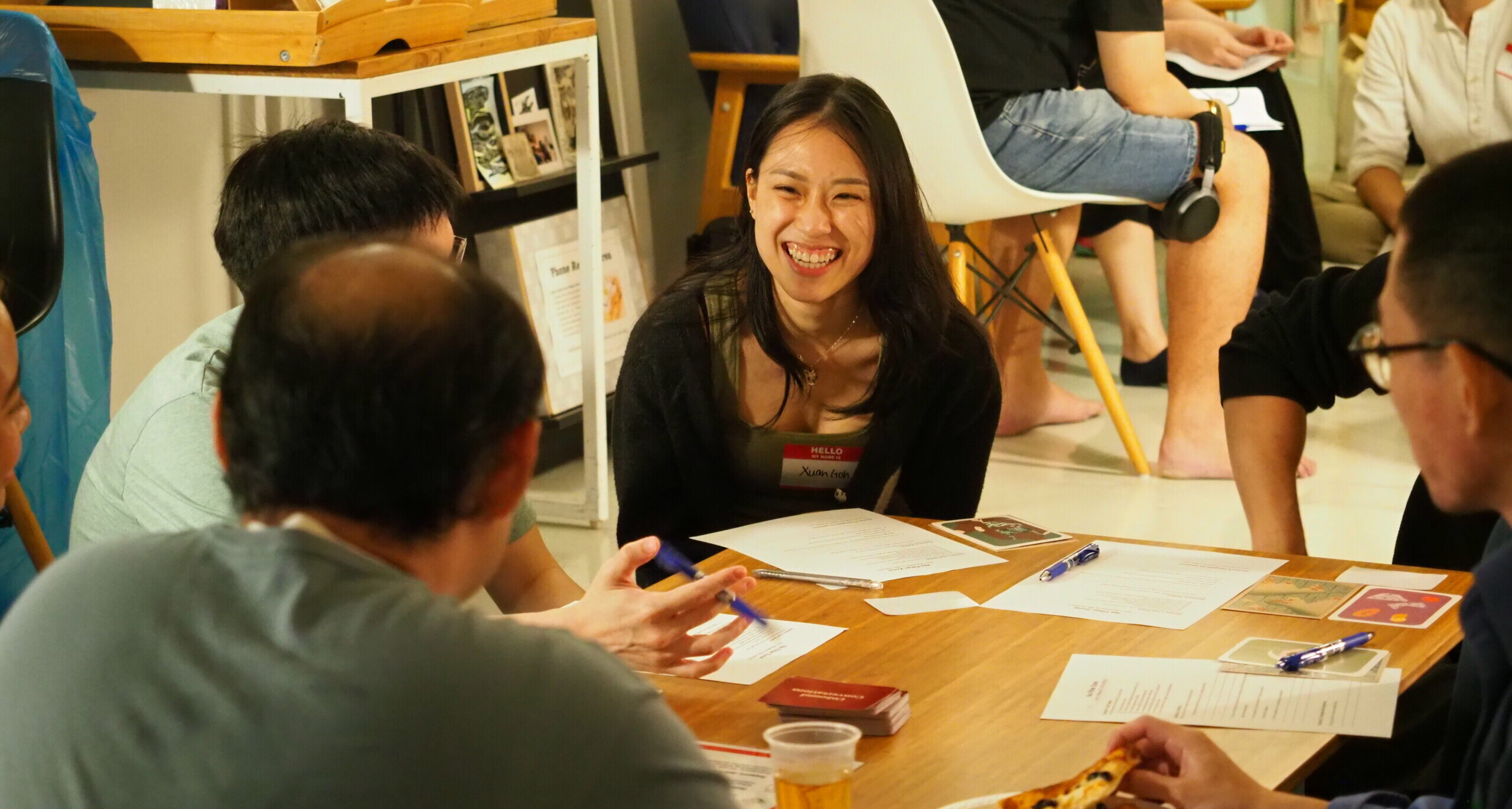
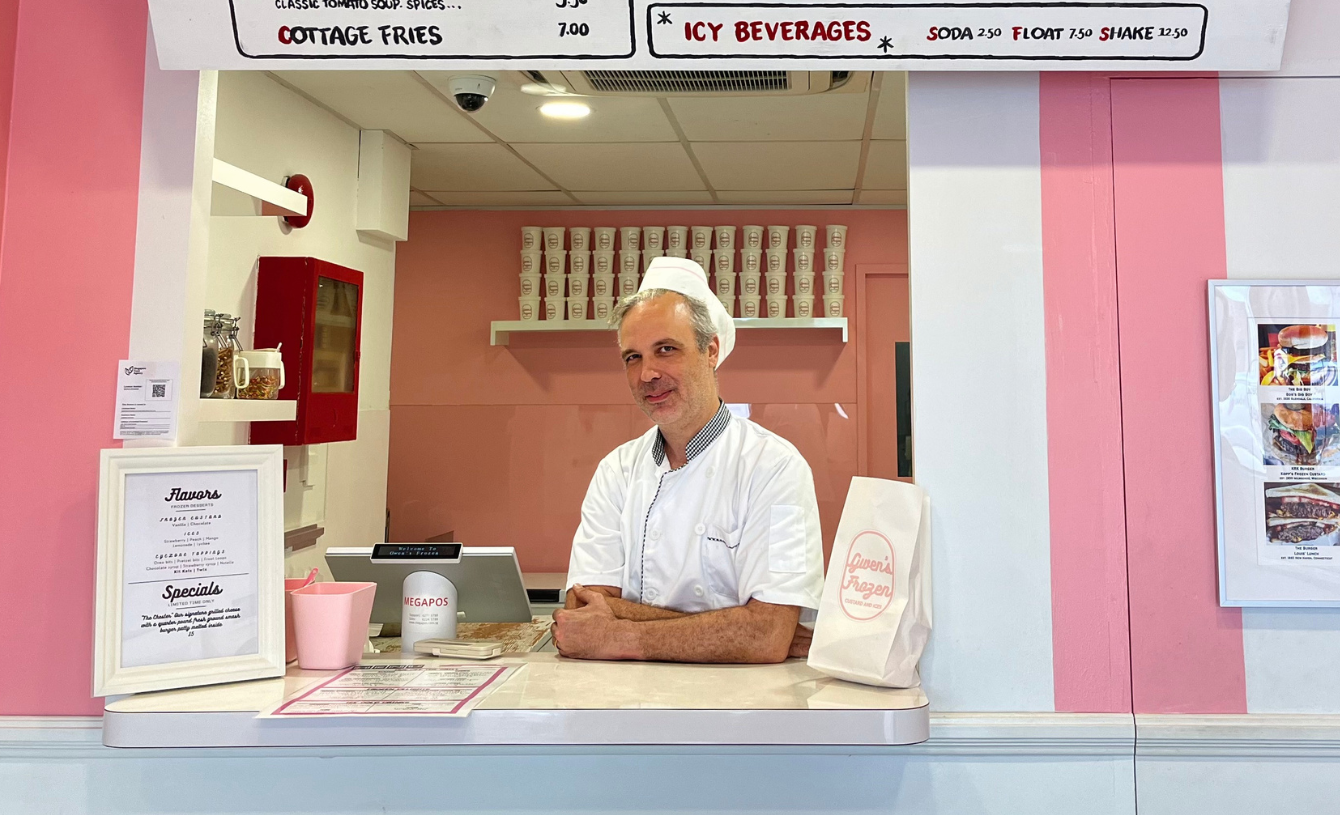

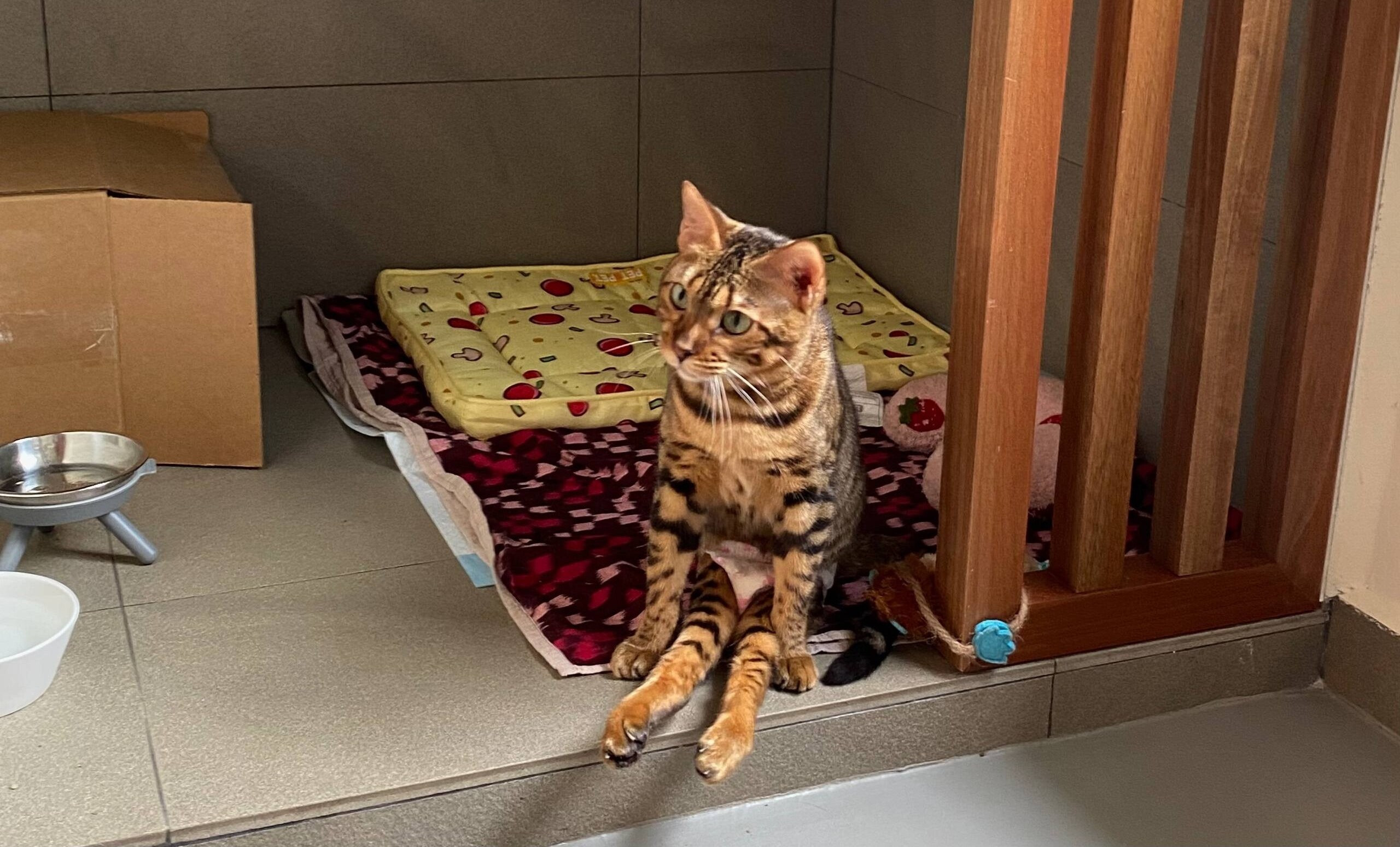
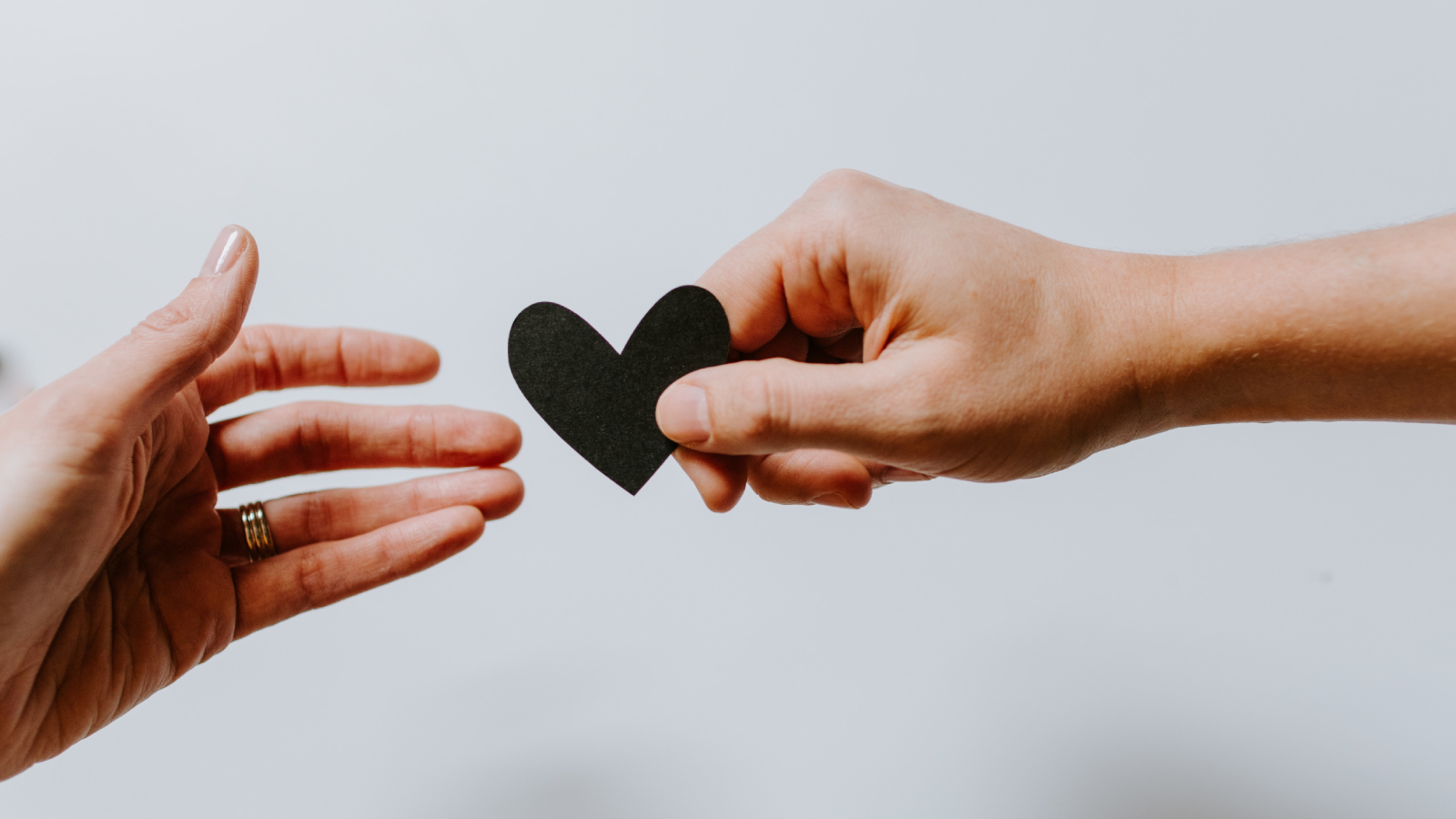
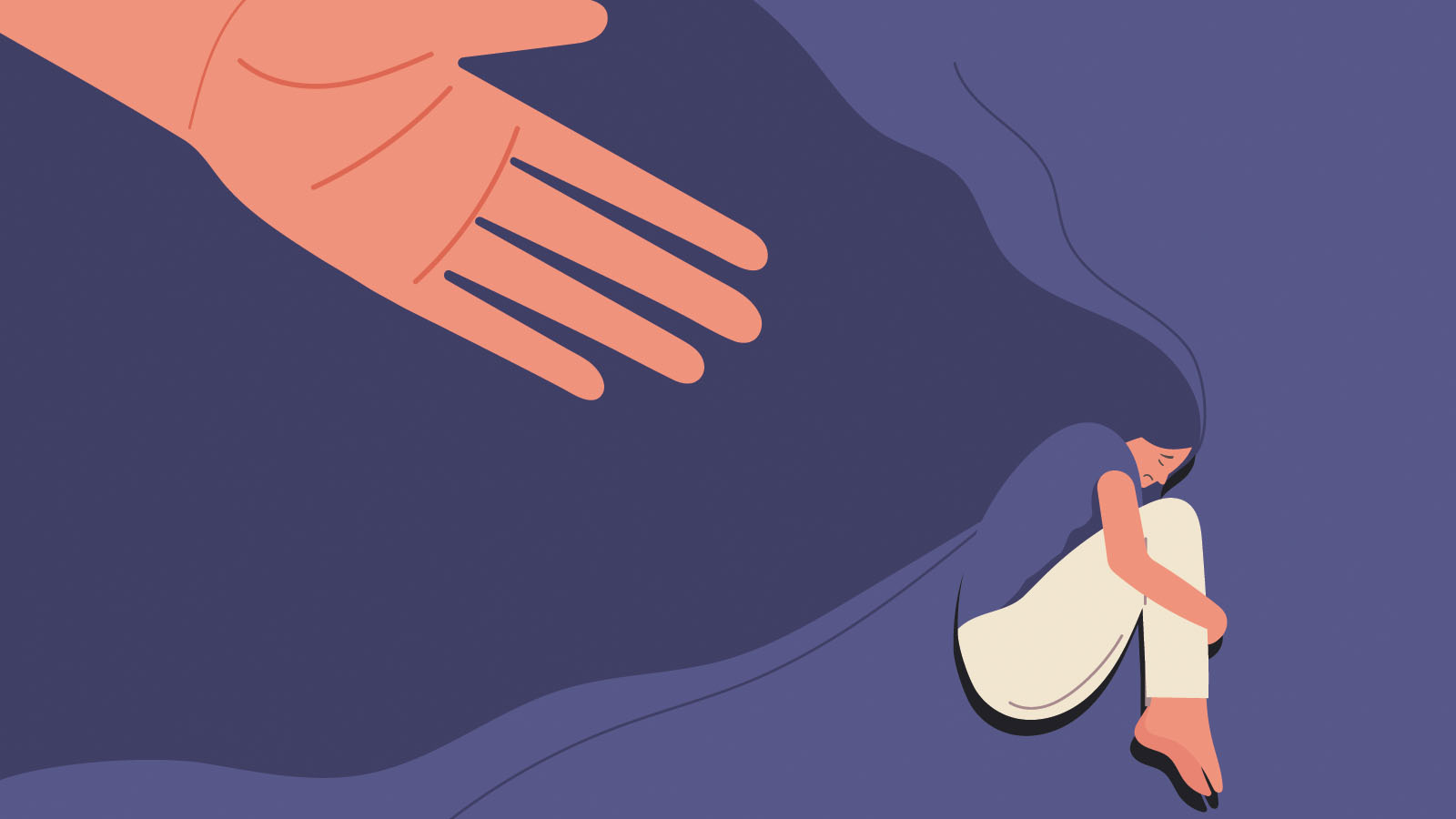
Another young woman in the video shares that her lowest point was a year after she broke up.
Back then, she says, she had just graduated from university and there was pressure from society — to get a job, to perform well in life — and that put her into a downward spiral.
Thankfully, at her lowest point, she realised that she had to seek professional help.
It was only through counselling that she found her way back.
“During that period,” she says “there was a lot of self-awareness with the counsellor… At the end of the day, the one thing I got out of it was, regardless of what happens, to go through the motion (of life, knowing that), you’ll get more resilient, and we will be fine.
Learning never to give up
One man shares that his lowest point came when he was homeless.
“There was a period of time,” he says wistfully, “that circumstances or job positions didn’t happen.”
Alone, he started living in parks, sleeping rough. But things got better. He found a decent job, rented a room, and kept going forward.
“The difficult part,” he says, “is not to give up.”
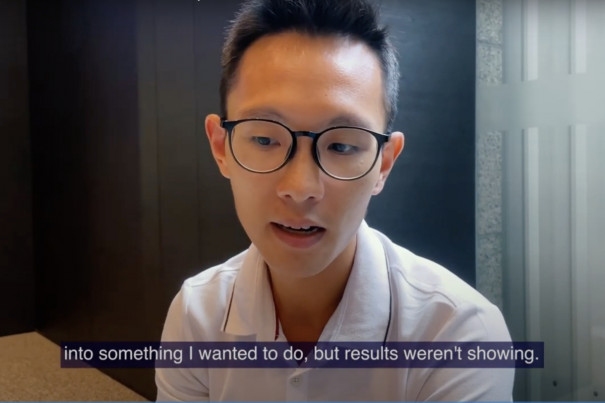
For 28-year-old Chew Woon Ping, the lowest point in his life was not getting the results he desired despite putting a lot of effort into his business.
He tells The Pride that during the initial years of setting up his company, he worked hard to create leads, generate revenue and develop partnerships. But it was a struggle, living on minimum income as his business became more and more stagnant.
“There were many times when I questioned whether I could make my endeavour work, whether it was worth continuing fighting for,” shares Woon Ping.
“I learnt to be patient. I learnt to have a lot of faith, when the odds are stacked against you.”
He says: “For me, the breakthrough happened when I consistently kept myself at the boundary of challenge and support — having a balance of both elements.”
He started spending time with himself, learning from mentors and setting aside time to have deep personal reflections. He tuned out social expectations and challenged his old ways of thinking.
“I started to observe events more objectively and understood how not to personalise failure.”
Learning to move on
Some of those interviewed talked about losing their loved ones, and how memories would come back, often in the dead of the night, when things are quiet and they can’t distract themselves with work or activities.
The important thing, they agreed, is to allow yourself to grieve, but also to know that it is necessary to move on. To remember our loved ones, but also to live for them.
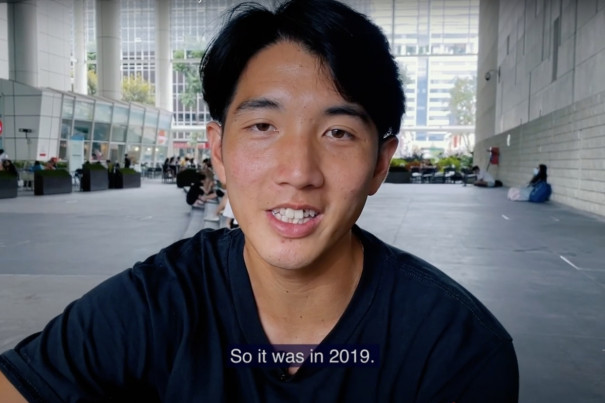
For Ng Hao Yuan, 24, his moving-on story came from competitive sports.
The Singaporean tennis pro (he is currently ranked 2,084th in the world, with a career-high of 1,498) says that his lowest point came when he lost his Davis Cup match against Iran while representing Singapore in 2019.
He was doing well, winning his first set 6-4, but was unable to beat his opponent.
“I was just destroyed mentally and emotionally because the last couple of years leading up to this event had not been great as well,” shares Hao Yuan.
He already had a few previous matches where he lost despite an early lead. Ultimately, that led him to feel like he let his team down.
“After that match, we shook hands, I walked to the bench, and I put my face in my towel, and I just cried like crazy.”
He had to take a long hard look at himself before deciding that he would try to become braver in facing his weaknesses.
Other stories you might like






“As time passed, I realised that life has to go on and there’s only two ways of looking at it. You take these events either positively or negatively,” Hao Yuan tells The Pride.
He explains how his prolonged negative thinking only caused things to get worse, while becoming more optimistic allowed him to focus on the matter at hand and think of ways to solve it. That ultimately gave him better results in the long run.
Hao Yuan encourages those who are struggling to take 10 to 30 minutes to sit in a quiet place to visualise everything that could go wrong and see how it affects the bigger picture.
He says: “(Hopefully) you will find that many of the things you are doing now don’t really affect your overall objective in life, and that takes a lot of pressure away from you.”
Building resilience
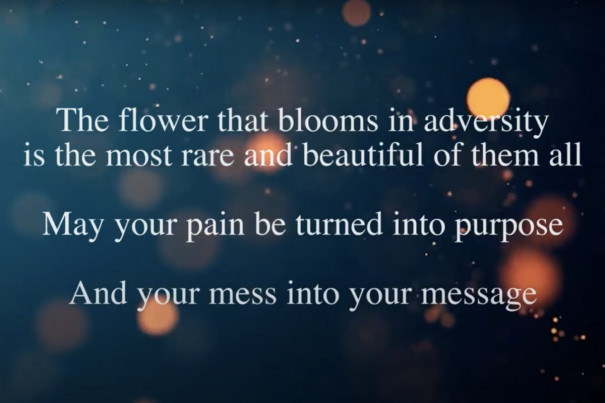
It is easy for us to dwell on negativity when bad things happen to us. We often feel like there is no way out for us.
But this is how resilience is built, Rebound with Resilience founder Kevin Wee tells The Pride.
There are different ways of finding our way back from failure. For some, it is support from their peers; for others, taking a step back from expectations to revise their own personal goals or changing their mindset.
The important thing is to understand that failure, like success, has its place in life. Both are opportunities to grow. And both will pass, in time.
Says Kevin: “Every setback is a great moment to know the truth. If I could discover the lesson and progress in life, that failure is a good, even necessary thing.”
If you like what you read, follow us on Twitter and Google News to get the latest updates.

